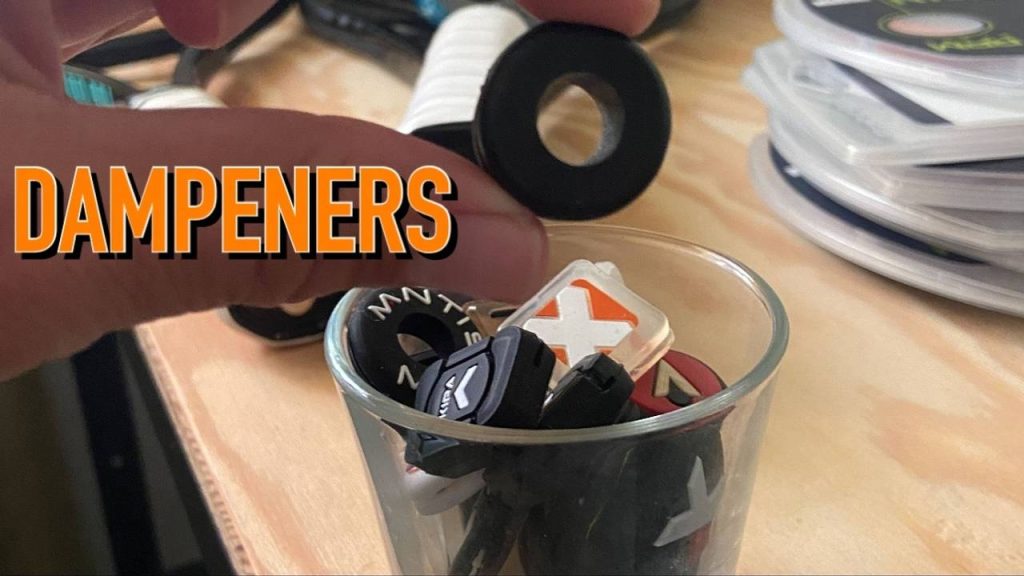Some players use tennis dampeners, other’s don’t. There are many forms of dampeners to consider, but they all serve the same purpose: to dampen the vibrations and sounds from the strings.
You will get a different feel and sound with a dampener, than without one. Some players like the more muted feel and response that the dampener brings, others want a bit more feedback from the string bed.
Certain companies will tell you that dampeners can improve the racquet’s comfort, but there is no real evidence to support that. The dampening has to be in the frame and not on the strings according to the tennis science that is out there. At least not according to what many call a key reference on the subject, The Physics and Technology of Tennis by Crawford Lindsey, Howard Broady and Rod Cross.
But despite perhaps not making a major difference in comfort, the dampener is not without consequences. I have noticed that certain frames that are quite raw in feel might feel and sound less good without a dampener. But when it comes to plush racquets with a lower stiffness, I think the dampener just mutes the feel even more. Those are my thoughts, not backed by any specific scientific journal.
After all, your tennis is heavily influenced by feel (which is subjective). So whether you use a dampener or not, is completely up to you. Just a note that a dampener adds 2-3 grams and 2 swing weight points to the racquet.
You can check out a bunch of different tennis dampeners on Amazon or Tennis Warehouse.
I have not noticed that certain dampeners work better than others. After all, Andre Agassi used a rubber band as a dampener. Nothing wrong with that.

